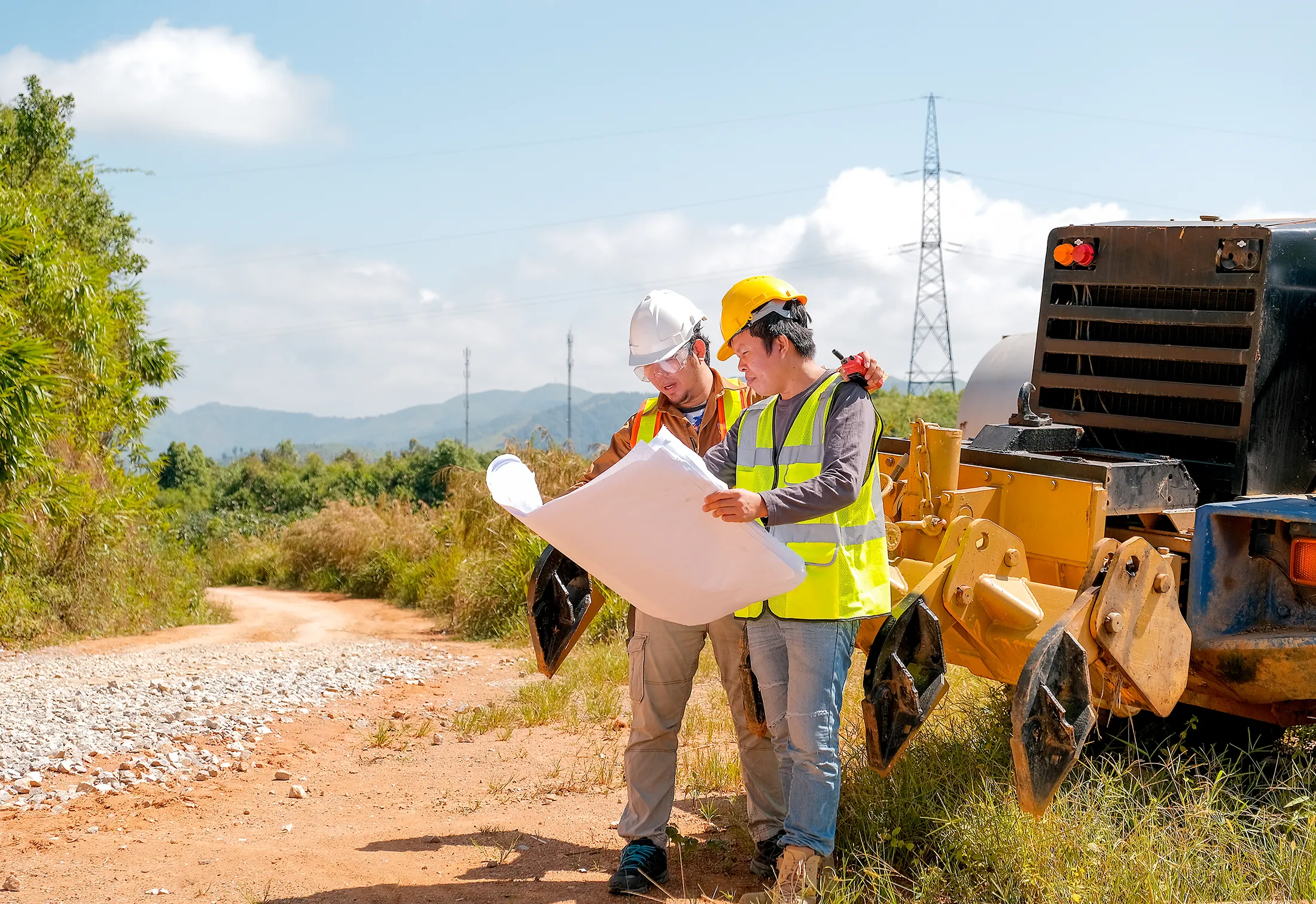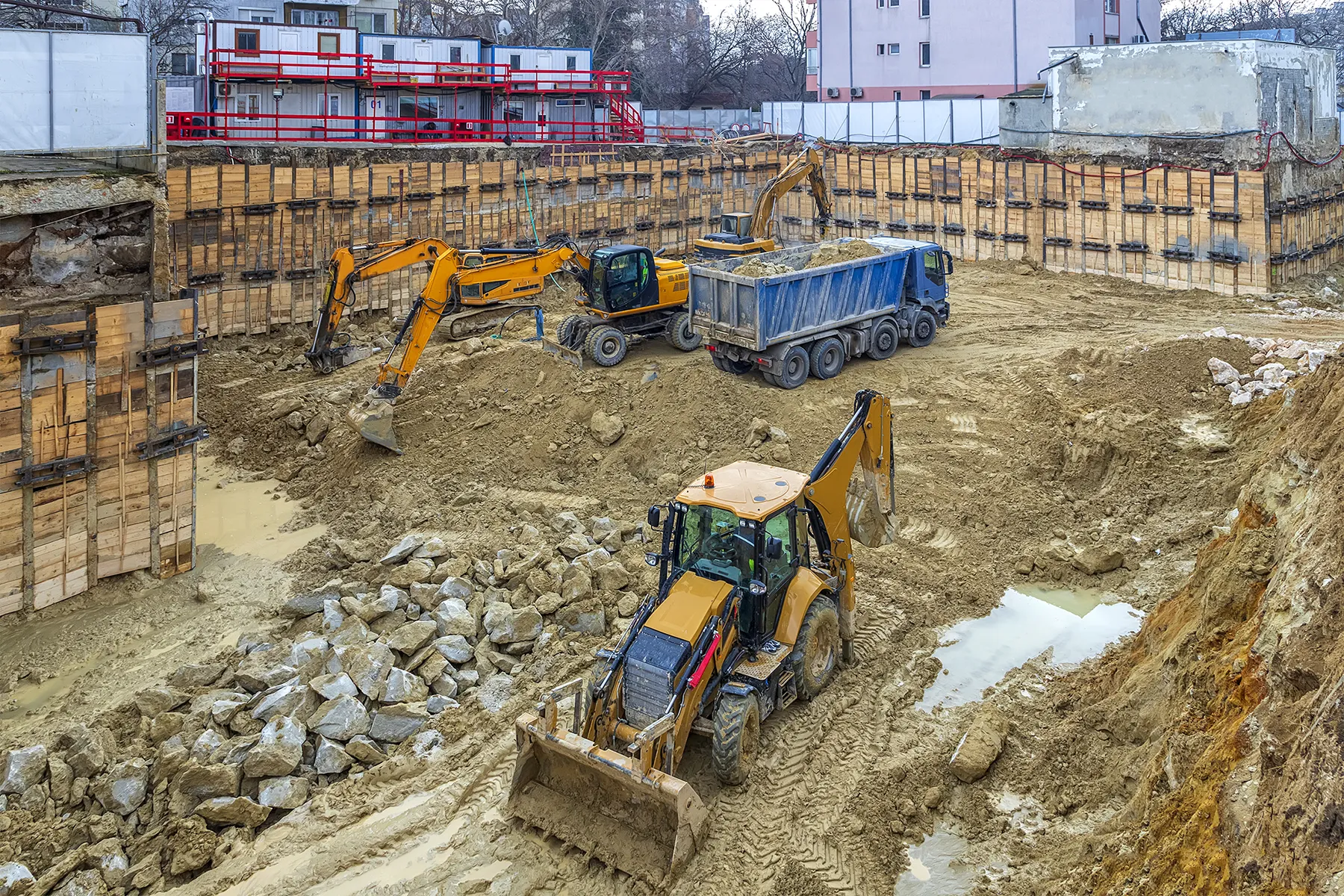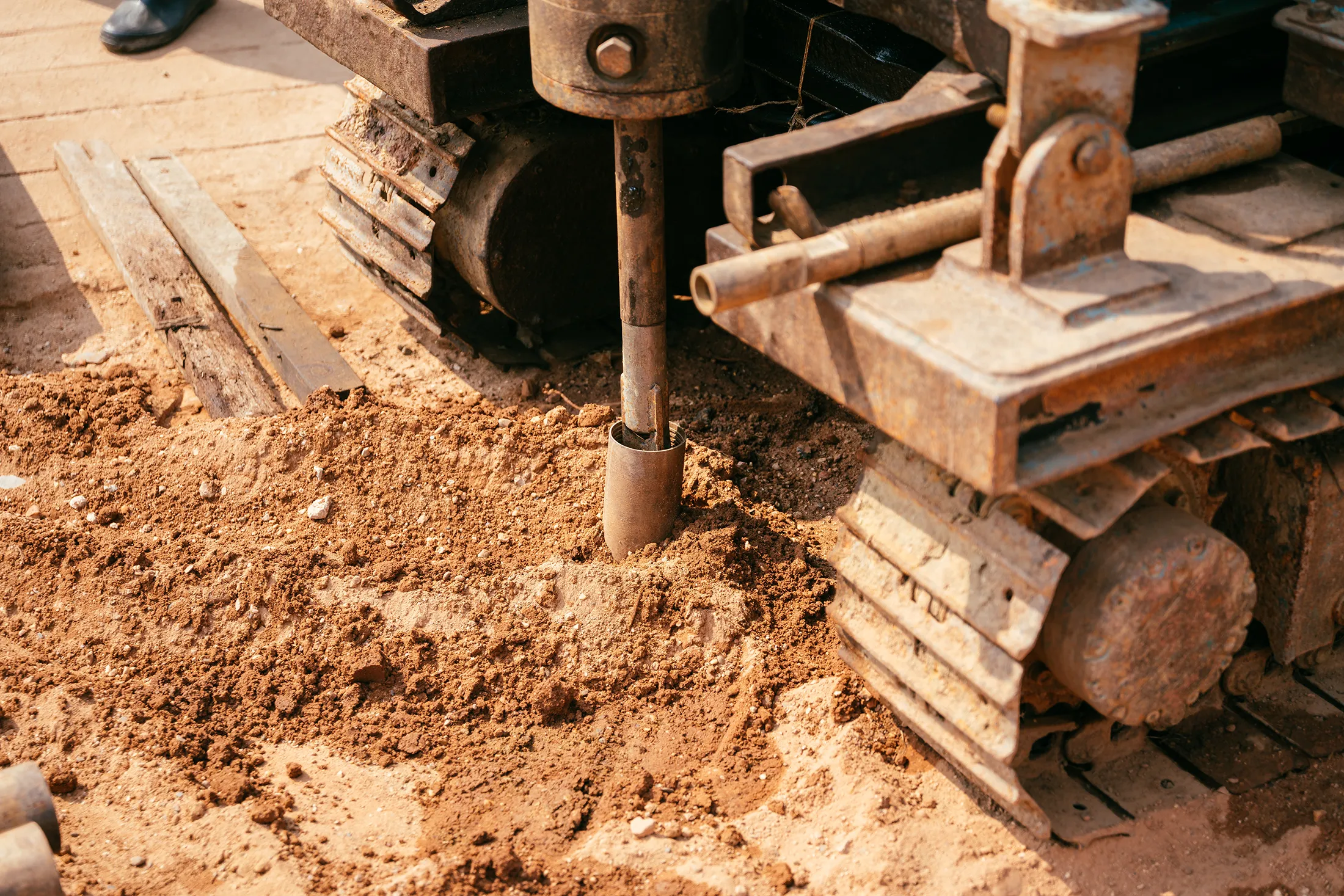
How Densification Strengthens Your Construction Site
Abstract
The dynamic compaction method is a well-established geotechnical technique for enhancing soil stability and load-bearing capacity, which is critical for modern construction projects. This article elucidates the principles of dynamic compaction and deep dynamic compaction, detailing their application in densifying granular and fill soils. As a leading ground improvement contractor, Densification Inc. leverages these methods to mitigate settlement risks and improve foundation performance across diverse sites. This discussion integrates technical insights with practical outcomes, emphasizing the firm’s expertise in delivering robust ground improvement solutions.
Introduction
In civil engineering, ensuring a stable foundation is paramount to the longevity and safety of infrastructure. The dynamic compaction method, pioneered by Louis Menard in the 1960s, involves the repeated dropping of heavy weights – typically 22,000 to 66,000 pounds – from heights of 33 to 98 feet onto a predetermined grid pattern on the ground surface. This process densifies loose soils by reducing void ratios and increasing shear strength. Deep dynamic compaction, an advanced variant, extends this effect to depths exceeding 33 feet, making it suitable for thicker, heterogeneous soil profiles. Densification Inc., headquartered in Paeonian Springs, Virginia, stands as a premier ground improvement contractor, applying these techniques with precision to fortify construction sites.
Technical Principles
The efficacy of dynamic compaction hinges on the transfer of kinetic energy into the soil mass. The energy imparted is calculated as E=m⋅g⋅h, where (m) is the tamper mass, (g) is the gravitational acceleration (32.2 ft/s²), and (h) is the drop height. This energy generates stress waves that propagate through the subsurface, compacting soil particles. For granular soils like sands and gravels, this induces immediate densification; in saturated conditions, it may trigger temporary liquefaction followed by consolidation. Deep dynamic compaction enhances this process by employing heavier tampers (up to 66,000 pounds) and greater drop heights, achieving improvement depths of 66 to 98 feet.
Densification Inc. optimizes this process through rigorous site characterization—using cone penetration tests (CPT) and standard penetration tests (SPT)—and precise energy calibration. This ensures that compaction energy is tailored to site-specific conditions, preventing overcompaction and ensuring uniform densification.
Applications and Benefits
The dynamic compaction method excels in treating uncontrolled fills, granular deposits, and mining spoils, which are common challenges at sites like the Bridge Point Commerce Center in Florida. By increasing soil density and reducing compressibility, it mitigates differential settlement and liquefaction risks, which are important for seismic zones. Densification Inc.’s projects demonstrate reduced foundation costs by enabling shallow footings over deep piling, a cost-effective alternative. The firm’s commitment to soil densification ensures that construction sites achieve bearing capacities exceeding 6,270 PSF, as evidenced in post-treatment plate load tests.
Conclusion
As a leader in deep dynamic compaction, Densification Inc. exemplifies how technical expertise transforms challenging soils into stable platforms for construction. By leveraging advanced site assessment techniques and precise energy calibration, the firm ensures compliance with engineering standards, solidifying its reputation as a top-tier ground improvement contractor. For engineers and project managers, partnering with Densification means leveraging proven methods to strengthen sites efficiently and effectively.











